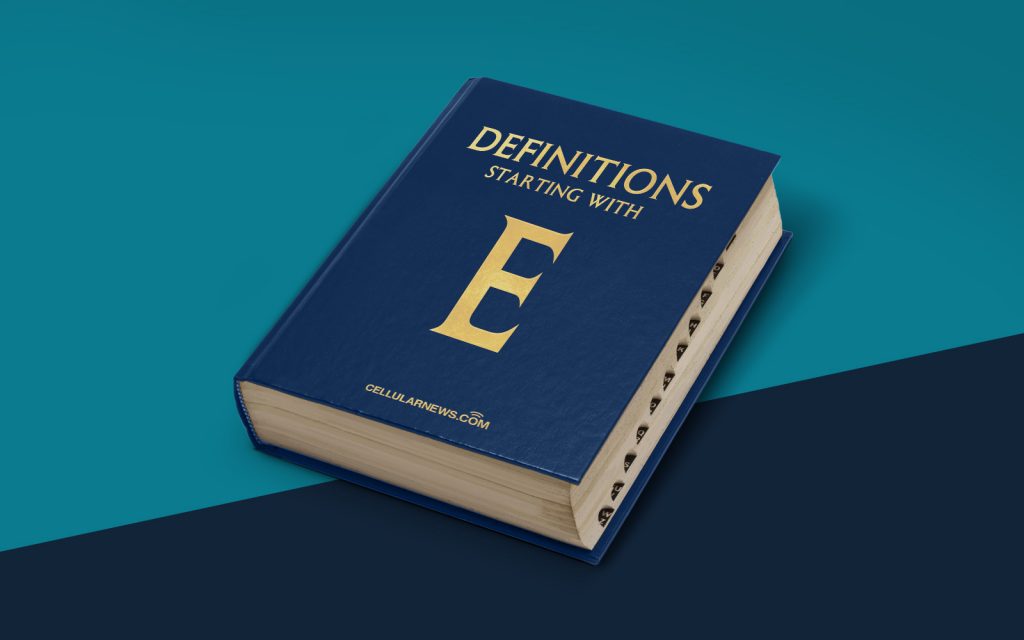
What is Emoji? Breaking Down the Definition
Welcome to the DEFINITIONS category, where we dive deep into various terms and concepts to provide you with clear explanations. Today, we’re exploring the fascinating world of emoji. You’ve probably encountered these cute little icons while texting, scrolling through social media, or even in emails. But what exactly are emojis, and why have they become such a prominent feature of our digital communication? Let’s find out!
Key Takeaways:
- Emoji are small digital icons or images used to express emotions, ideas, or concepts in electronic communication.
- They serve as a universal language that transcends linguistic barriers, allowing people from different cultures and backgrounds to relate to each other.
At its core, an emoji is a graphical representation of an idea, emotion, or object. Remember those yellow smiley faces, hearts, or thumbs-up icons you use to convey happiness, love, or approval? Those are emojis! Originating from Japan in the late 1990s, the term “emoji” combines two Japanese words: “e” meaning picture and “moji” meaning character. These small digital images quickly gained popularity worldwide due to their ability to add emotion and context to our written communication.
Now, you might be wondering, why do we even need emojis when we have words to express ourselves? Well, here are a few reasons:
- Visual Appeal: Emojis add visual interest and make our messages more engaging. Instead of relying solely on text, we can use emojis to enhance our communication and make it more enjoyable for the recipient.
- Emotional Expression: Sometimes, words alone cannot convey the full spectrum of emotions we experience. Emojis bridge that gap, enabling us to share our feelings more accurately. Whether it’s a laughing emoji to show humor or a sad face to express sorrow, emojis help us communicate our emotions more effectively.
- Cultural Universality: Emojis transcend language barriers by providing a universal visual language. They allow people from different cultures and backgrounds to understand each other, even if they don’t speak the same language. A smiley face, for example, can be understood as an expression of happiness regardless of the recipient’s native tongue.
As they continue to evolve, emojis have become a part of our everyday digital communication. They have expanded from simple facial expressions to include a wide range of objects, animals, food, and symbols. The Unicode Consortium, a non-profit organization that sets global standards for text and emojis, regularly adds new emojis to keep up with societal changes and evolving trends.
So, next time you use an emoji in a text message or social media post, remember that you are utilizing a powerful tool to connect with others, express yourself visually, and transcend language barriers. Emojis are here to stay, and they play a significant role in shaping the way we communicate in the digital age.
Key Takeaways:
- Emoji are small digital icons or images used to express emotions, ideas, or concepts in electronic communication.
- They serve as a universal language that transcends linguistic barriers, allowing people from different cultures and backgrounds to relate to each other.
Thank you for joining us in the DEFINITIONS category, where we decode complex terms and concepts in a fun and informative manner. Stay tuned for more interesting discussions and educational content!
